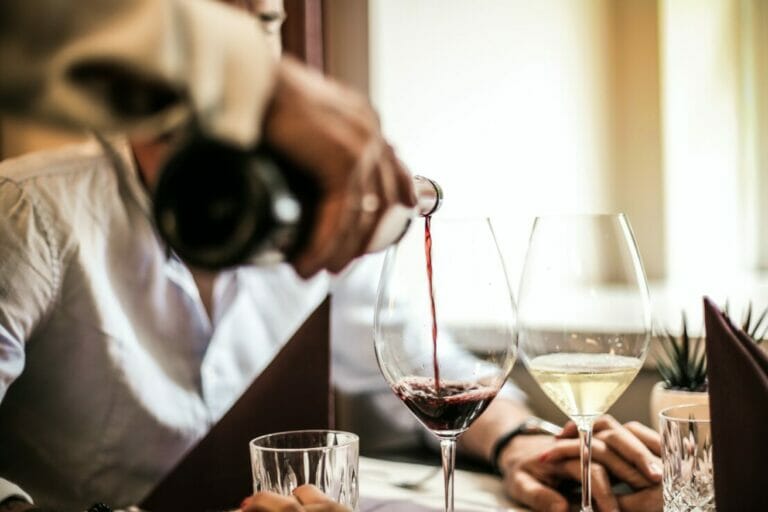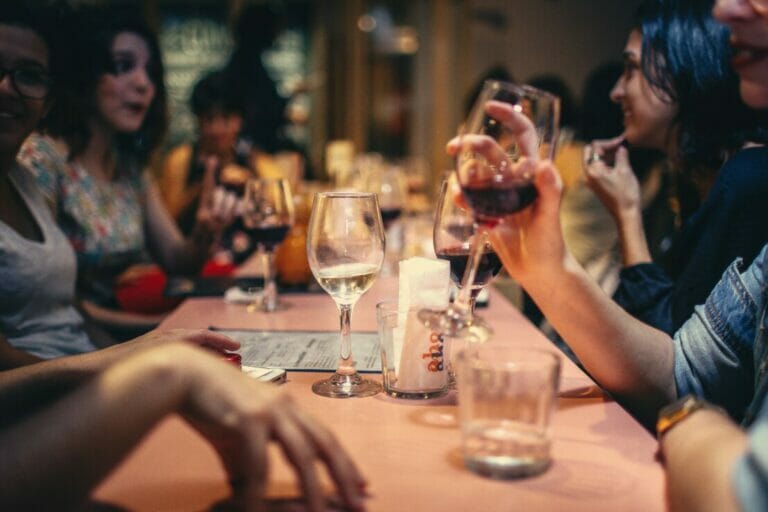The first and most important thing is to want to enjoy and forget about any prejudices we may have about wine. It is also interesting to be able to attend tastings, where you can learn different things. As well as drinking a variety of wine, that is to say, from different varieties, areas and producers, this will give you a much broader vision of wine.
In order to taste a wine, we must take into account the conditions that surround us, that is to say, it must be a well-lit space, where there are no noises that could distract us, where the aromas are very neutral so that they do not interfere with the wine.

The tasting can be divided into three main phases: visual, olfactory and gustatory.
The visual analysis will provide us with different information about the wine, although it is true that sometimes the sight can deceive us and can even lead us to suggestion when tasting a wine. For example, if we are in front of a red wine whose colours are already dull and with orange tones, we can be predisposed to think that we are going to be in front of a wine that is no longer good for consumption.
It is important to always hold the glass by the stem or base, mainly so as not to heat the wine in the glass, but also because it will facilitate visual analysis.
What we are going to do during the visual analysis is to tilt the glass, always trying to do it on a white background, so that the colour of the background does not interfere with the wine.
Smell is the most important sense for wine tasting, as taste is formed by the smells we perceive and the tactile sensations we have in the mouth. This sense also helps us to identify whether the wine is in good condition or not. If the wine is not in good condition, we would notice unpleasant aromas, such as vinegar, the smell of damp, wet cardboard, ...
The olfactory phase could also be divided into two parts, the first would be to smell the glass, in a still glass, we will notice that the aroma can sometimes be very subtle or, on the contrary, very intense, so that we can describe the aromatic intensity of the wine.
The second phase would be moving the glass. The aim of moving the glass is to oxygenate the wine, and by oxygenating those particles that we could not smell before, now become volatile and we can perceive them.
Within the aromas that we can perceive in a glass of wine, we will divide them into three large families:
This is the last phase, but the best of them, because it is when we finally taste the wine. If it is the first wine we are going to taste, we should take a small sip and move it around the mouth so that the mouth is impregnated with wine and, let's say, gets ready to receive the next sip.
It is important that when we taste the wine, we move it around the whole mouth so that all the taste buds are well impregnated. In addition, the tongue plays a very important role here, as depending on where we perceive the flavours, we will evaluate the wine differently.
We must remember that there are only 4 tastes: sweet, salty, bitter and sour. Although some include the fifth flavour, which is Umami.
Then there are other aspects to take into account such as tannins, alcohol, mouthfeel, .....
The best way to master wine tasting is to taste many wines and with many different people so that everyone can contribute their point of view.

Newsletter
Copyright ©2025 Milvendimias. Todos los derechos reservados.
| Cookie | Duración | Descripción |
|---|---|---|
| cookielawinfo-checbox-analytics | 11 months | This cookie is set by GDPR Cookie Consent plugin. The cookie is used to store the user consent for the cookies in the category "Analytics". |
| cookielawinfo-checbox-functional | 11 months | The cookie is set by GDPR cookie consent to record the user consent for the cookies in the category "Functional". |
| cookielawinfo-checbox-others | 11 months | This cookie is set by GDPR Cookie Consent plugin. The cookie is used to store the user consent for the cookies in the category "Other. |
| cookielawinfo-checkbox-necessary | 11 months | This cookie is set by GDPR Cookie Consent plugin. The cookies is used to store the user consent for the cookies in the category "Necessary". |
| cookielawinfo-checkbox-performance | 11 months | This cookie is set by GDPR Cookie Consent plugin. The cookie is used to store the user consent for the cookies in the category "Performance". |
| viewed_cookie_policy | 11 months | The cookie is set by the GDPR Cookie Consent plugin and is used to store whether or not user has consented to the use of cookies. It does not store any personal data. |